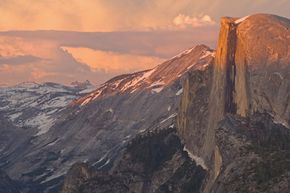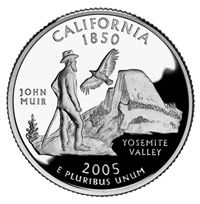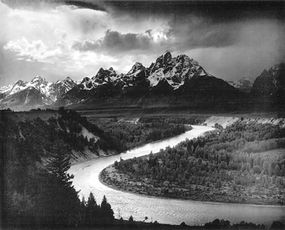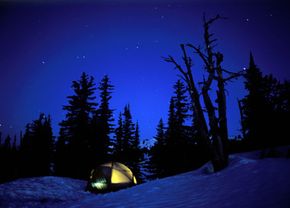Key Takeaways
- The Sierra Club is one of the oldest and largest environmental organizations in the United States, advocating for conservation and environmental protection since 1892.
- It engages in various initiatives, including promoting renewable energy, preserving wilderness areas and combating climate change.
- The Sierra Club continues to play a significant role in shaping environmental policies and fostering public awareness of conservation issues.
Every year, about three and a half million visitors travel to Yosemite National Park to marvel at Yosemite Valley, Glacier Point, Hetch Hetchy Valley and the grove of giant sequoias at High Sierra. Most are struck by the beauty of well-preserved wilderness -- more than a thousand miles of forest and meadow, stunning rock formations and diverse wildlife. In the late 19th century, the Sierra Club formed to defend such natural monuments from encroachment and destruction. Today, the organization members refer to as "the club" is one of the premier conservation groups in the United States.
The Sierra Club lobbies for environmental legislation, protects state and federal wildlands and promotes eco-conscious tourism. Its efforts have helped create the National Park Service and Wilderness Act and saved natural monuments like Yosemite National Park, Yellowstone National Park and Joshua Tree National Park from development. The Sierra Club also pursues broader environmental concerns like mitigating global warming and protecting the Clean Air and Water Acts.
Advertisement
Members join the Sierra Club to be a part of the nation's oldest and largest grassroots environmental group. The organization's 1.3 million supporters have networks of connections across state and local chapters and considerable lobbying power in Congress. Every $25 national membership provides automatic entry into a local Sierra Club chapter, an annual subscription to Sierra Magazine, discounts on club merchandise and opportunities for eco-travel. Voluntary officers and a board of directors govern the national organization.
But members also join the Sierra Club for its dashing combination of conservation and fun. Since adventurer John Muir founded the club in 1892, its members have maintained the belief that nature and wildlife should be both protected and enjoyed. Muir valued communal wilderness experiences, and to maintain this tradition members participate in club-sponsored expeditions around the world.
In this article, we'll learn why Muir started the Sierra Club and how the organization has changed in the past 100 years.
Advertisement




